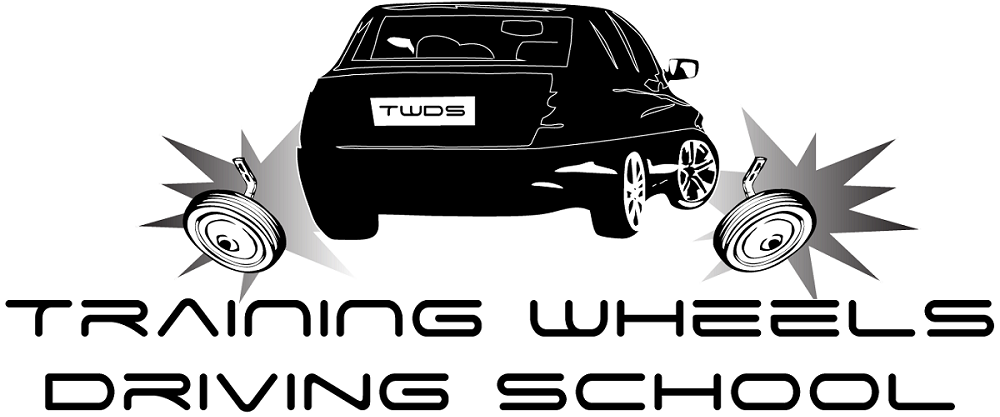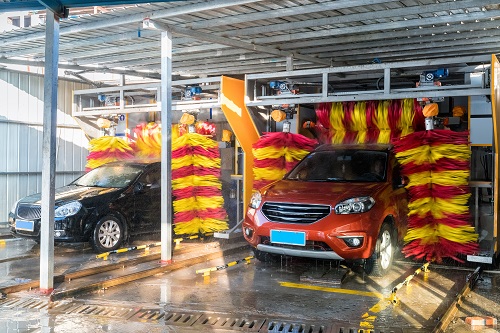Once you become a car owner, you take on many new responsibilities to ensure your vehicle lasts as long as possible, one of which includes washing it on a regular basis. Now, many people opt to wash their own vehicle as a way of saving money or simply taking joy in maintaining it. However, other car owners may not have the time, precision, or the ability to get the job done themselves, opting instead for an automated carwash. All in all, you may not know which method is the best fit for you, and if this is the case, we’ve got you covered with this simple pros and cons guide.
Automated Carwash
To start, many car owners do prefer using automated carwashes for their own reasons, but, as with anything, the method has its strengths and weaknesses:
Pros
- Gentle on body paint: To protect a car’s body paint, automated carwashes use gentler brushes and brushing methods to wash the car without damaging it.
- Thorough: Given automatic carwashes follow specific steps and protocols, there’s a greater chance of having a thorough wash.
- Doesn’t tire: People who tire while washing their car might not remove as much dirt, dust, or other particles, and they may not cover every area due to their worn state.
- Cost-effective: Most automated carwashes use modern car-washing techniques, saving both water and time. This allows both car owners and carwash specialists to cut down on spending.
- Time-saving: Using automated carwashes means car owners can be in and out of the wash between five and ten minutes after paying for the service.
Cons
- Costly: This carwash method does involve specialized, expensive machines, so customers who opt for the closest self-service carwash will at least pay more for it outright and directly.
- Reduced capacity: Automated carwashes usually try to focus more on washing with limited contact or none at all, so there is a chance of stuck grime remaining on the car body even after the wash.
- Water spotting: Automated carwashes (or at least some) can leave behind water spots on the car body if the final cloth dry or air dry isn’t as effective as it should be, which can happen with older equipment.
Hand-Wash
Despite the belief that hand-washing is too slow, there are enough noteworthy advantages alongside its disadvantages to consider it, such as those found below:
Pros
- Customized: When used in tandem with other coating methods, hand-washing a car can be very effective in providing a thorough cleaning, especially if the car owner takes the time to dry the vehicle after cleaning and waxing the body.
- Easy set-up: The amount spent on sponges and buckets used in hand-washing is often low, and they can be found anywhere.
- Better reach: Several areas on the car’s body are just too hard for machines to reach whereas a human arm with a hose could clean them well.
Cons
- Sandpaper effect: If scrubbed wrong, hand-washing could cause paint damage. Over time, a buildup of dirt particles on sponges and rags can leave them packed with small, hard objects, causing them to scratch the paint, sometimes badly.
- Time and labor intensive: Hand-washing requires a lot of energy, and tired muscles have a greater chance of messing a washing job up. Additionally, it takes more time to hand-wash a vehicle and may even take several hours to complete.
- Water use: Compared with hand-washing, most automated carwashes—to have the most cost-efficient business—have an edge in conserving their water use.
Photo By chuyu2014

